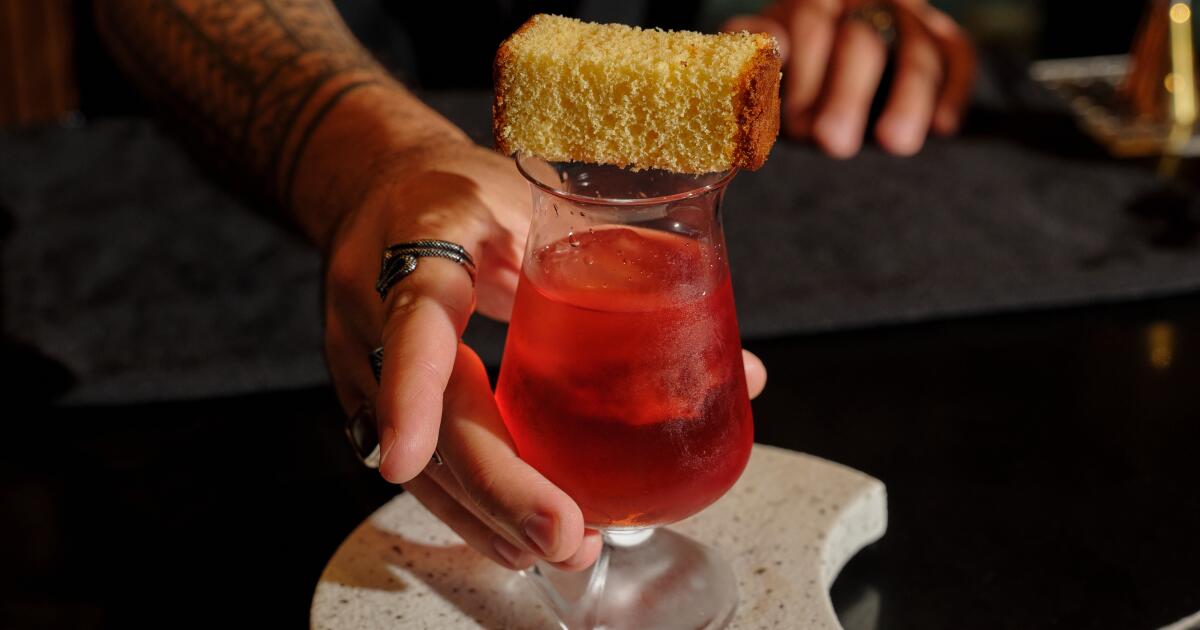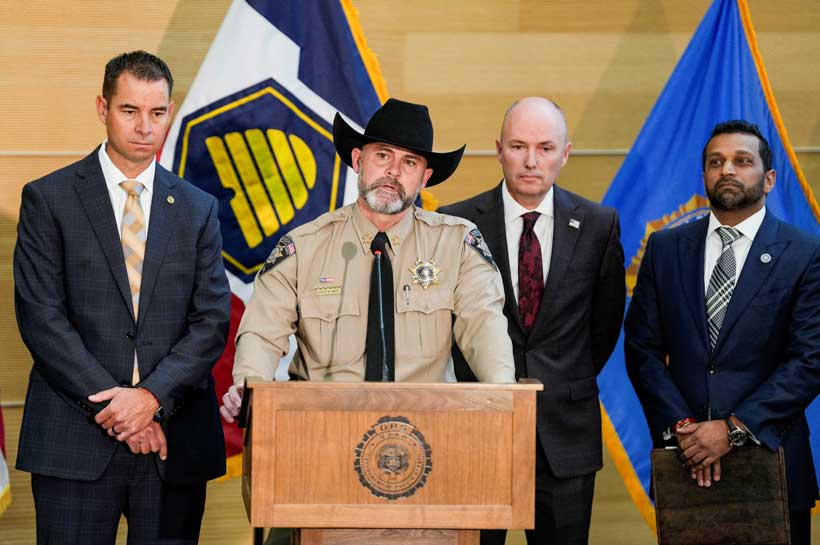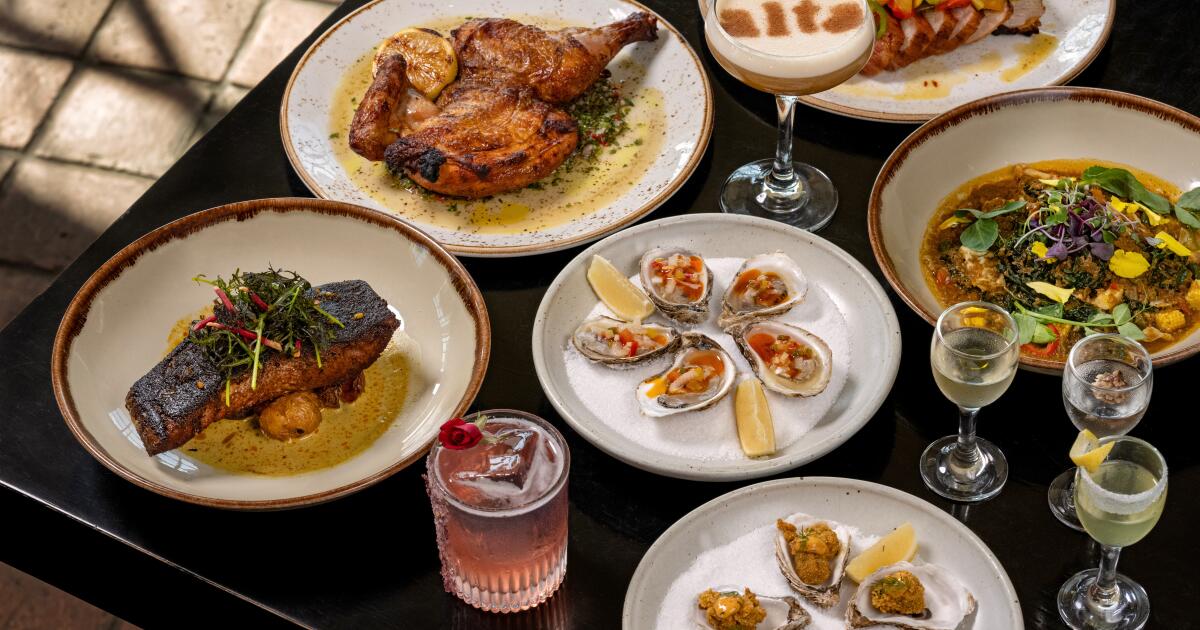Kardashians’ famous Christmas Eve party to undergo major change for this year’s celeb-packed bash

KHLOÉ Kardashian has dropped some hot tea about changes to the family’s infamous Christmas Eve Party.
The Good American co-founder spoke on her podcast, Khloé in Wonder Land, that the venue for the lavish affair might move, but the budget won’t.
Sign up for the Showbiz newsletter
Thank you!
“We all equally split the cost of the party,” Khloé said in the podcast. “Because it’s a family [thing].”
She also admitted that the famed Kardashian-Jenner family’s iconic Christmas Eve party is getting ready for some significant changes this year.
Momager extraordinaire, Kris Jenner, who spoke as a guest on the podcast, verified the changes to the party she has been hosting since 1978.
“It gets really crazy,” Kris stated. “I think one of the most fun things, too, is to be able to share things with our friends. We’ve always been able to give out some amazing gifts at the end of the party.”
While the glam vibes might stay the same, the annual A-list Hollywood party is going to look very different.
As the family prepares to create another unforgettable evening, the exciting news is that Kendall Jenner will be stepping into the hosting role this year at her stunning Beverly Hills mansion.
This is the second year Kendall has taken on the role of host.
Last year, she had a “smaller” cozy affair at her, chock-full of her 818 Tequila. The new role as hostess comes with its own delightful challenges, especially since the family’s other homes are currently being renovated.
Most read in Entertainment
“It’s pretty much the usual,” she recently told People magazine. “Last year, we did a smaller Christmas Eve party, and it was super lovely. Usually, they’re kind of these blowouts for the last, like, since I was born. But we’re doing a smaller one again this year, and I’m really happy about it.”
Kris created this tradition in the 1970s as a joyful occasion for family and friends, and it naturally grew as the family expanded.
The early 2000s marked a significant transition for the party, as it really took off following Kris’s marriage to Caitlyn Jenner.
The event gained prominence, particularly with the success of the Keeping Up With The Kardashians reality show, which launched in 2007.
As time went on, Kris graciously passed the baton to her talented daughters.
The party has been hosted at various times by Kim, Kourtney, Khloé, Kendall, and Kylie, with each of them bringing their unique flair and creativity to the festivities.
“Christmas is our World Cup,” Khloe said in a video posted to Instagram.
The video had the caption “Merry Kristmas!!! Come celebrate the holidays with us in Wonder Land.”
Fans are surely reminiscing about the fabulous past celebrations, beautifully documented in social media posts that have showcased glamorous outfits and exquisite decorations.
One fan wrote, “Kris is the Christmas queen.”
Another follower wrote, “Kris should have her own wrapping paper line.”
“We’re cool with being ‘random people’ at the party, just saying,” a third fan pleaded.
This year’s changes promise to infuse fresh energy into their beloved holiday traditions, and we can’t wait to see what the Kardashian-Jenners have in store.
FBI Disrupts Domestic Terror Cell Planning New Year’s Eve Bombings
NEWS BRIEF The FBI has disrupted a domestic terror plot planned by the far-left, pro-Palestinian “Turtle Island Liberation Front,” which allegedly intended to bomb multiple locations in Los Angeles and Orange County beginning on New Year’s Eve. Four suspects have been charged with conspiracy and possession of an unregistered destructive device after allegedly acquiring bomb-making […]
The post FBI Disrupts Domestic Terror Cell Planning New Year’s Eve Bombings appeared first on Modern Diplomacy.





